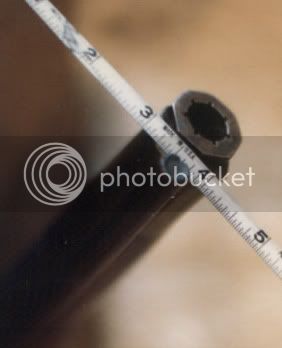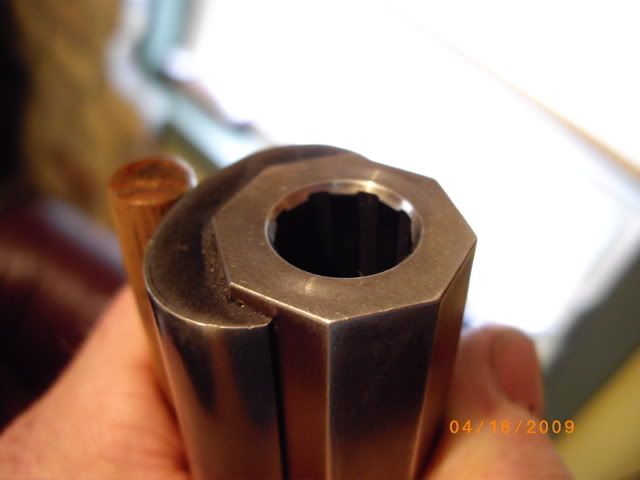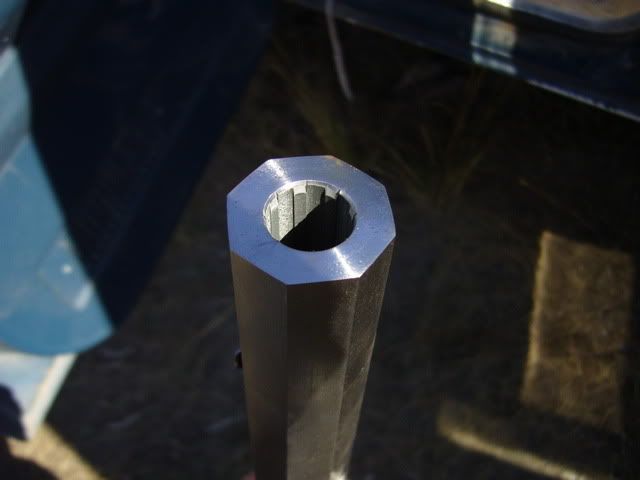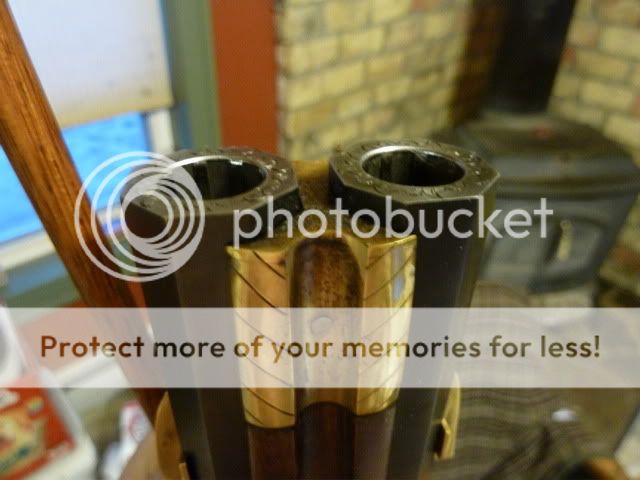GoodCheer said:
Actually the patch not being exposed to sharp machine cut edges makes a lot of sense. Perhaps I just learned something.
"Sharp" is relative. A bore with raised burrs "wire edges" a friend calls them WILL cause problems. But having a nicely cut bore with nice square corners at the lands is not a problem.
Narrow lands load easier. I don't know the land groove ratio of my McLemore match rifle barrel but the lands are pretty narrow.
Speaking of Forsythe, he recommended very narrow lands we also have to remember that he probably was shooting rifles with 12 grooves or more.
This is a drawing from "The Gun and Its Developement" by W.W. Greener 1896 edition (there are many). Forsythe and all other heavy game hunters SFAIK shot hardened lead which will load easier in a barrel with narrow lands.
The typical American barrel of the time was Seven and these were often equal width many were even narrower. Some have little tiny grooves at the corners of the heptagonal bore.
This is a recut to 58 caliber 1803 Harpers Ferry.
This is a common land groove ratio in original guns as well. This being a 1814 Common Rifle
Or a round bore with little tiny grooves.
Personally I don't see how this rifle could have shot very well. Its from 1840 and is a cheap Leman "Connestoga Rifle Works" flintlock that was unfired.
Douglas used equal lands and grooves
This is a Green Mountain 58 still fouled after a proof shot.
These are GM 50s and appear about 2:1
This is a J&S Hawken from 1836
This appears to be common in Hawken rifles which had an excellent reputation for accuracy and is pretty close to the Douglas which shoots very well indeed.
Dan







